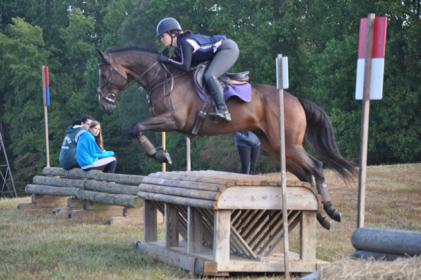My gelding who is currently in a field until March always has some high ribs showing. He wasn’t a good eater when I got him, but we eventually figured out what he likes and he eats like a teenage boy and still never gets rid of the ribs. I thought he’d fill out as he got older but he’s 9 now so I think I was wrong.
I feel awkward sometimes at H/J shows with him sometimes because he definitely looks skinny in that context, but I actually think he’s a good weight. My trainer likes his weight, and my vet thinks it is perfect and always comments on how it bothers him that everyone looks at horses like that and think they are too skinny.
I wouldn’t worry about some ribs on a healthy, fit horse. (Or even sometimes on a healthy, unfit horse.) You know your horse and if you feel comfortable and like he’s in a good place then don’t let people convince you otherwise.
Clip him if he needs it, don’t clip him if he doesn’t.


